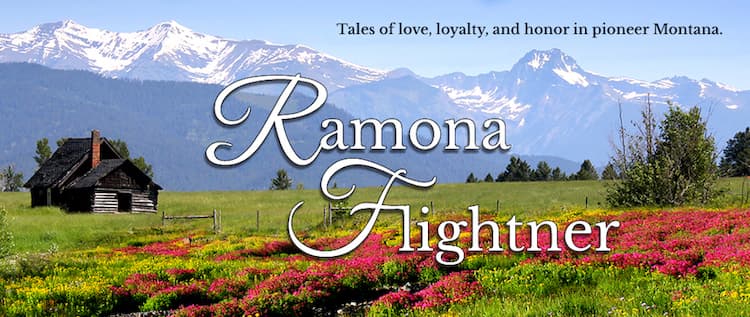By Ramona Flightner/ @ramonaflightner
On a beautiful Sunday afternoon, I joined a friend on a walking tour of the South End. There is a walking tour company in Boston called “Boston by Foot” and I have wanted to take their Victorian walking tour for a while. It’s on my bucket list for the fall. My friend had noted that their tour of the month was on the South End, and I leapt at the chance to learn more about that fascinating area of Boston.
I had not realized that the South End’s most fashionable period had been from 1850-1872. After that, it would not have been an area that the wealthy would have chosen to live in. They moved to the newly filled in Back Bay area with its promenades and wide streets fashioned after the French model. As for the narrow-laned, English-styled South End, by the late 1800’s, 80% of the single-family homes had been turned into lodging houses. This meant that you rented a room, but had no access to a kitchen.
One fascinating building I learned about, hidden behind other buildings and a new façade, was the Cyclorama. It was constructed in 1884 with a large painting 400 feet long by 42 feet high of Pickett’s charge at the Battle of Gettysburg. A spectator in the 1880’s would enter and move to the center to a viewing stand to have the sensation of being in that moment. Sometimes, they would have cannons, hale bays and other artifacts to help the spectators feel like they were there. It cost 25 to 50 cents to view it, and 200,000 Bostonians visited it by 1892. The dome was the second largest dome in the U.S. outside of the U.S Capital at that time. They had more paintings other than Pickett’s charge displayed during its lifetime including one of the crucifixion of Christ and one of Custer’s last stand. In the late 1890’s the Cyclorama was transformed into a skating rink. Now it is the Boston Center for the Arts. The huge painting of Pickett’s charge is at the Gettysburg Museum in Pennsylvania.

The Cyclorama- you can see the dome and the castle turrets are original to the building before they put another facade on the building
The St. Cloud, a gorgeous white and black marble-fronted building, was the first apartment building in the South End and one of the first apartment buildings in the United States.
Union Park, one of my favorite places in the South End, was finished by 1859. The fence surrounding the park is not original, but dates from 1903. I love Union Park for its serenity in the midst of the city.
We wandered down a beautiful lane called Haven. I had never been to this part of the South End and loved seeing a “hidden” aspect. At the end of the lane stood one of two remaining wooden houses in the South End, a gorgeous home with a beautiful garden in the back.
We continued our ramble through the South End, seeing where Boston College began, and had a quick stop at the South End Burial Ground. The South End Burial Ground seemed a little spooky to me as it was a poorer person’s burial site with 11,000 people buried there during the time it was functional. We had visions of people buried on top of each other in unmarked graves as it was a relatively small space for 11,000 graves.
After the tour ended, my friend and I decided to walk toward Worcester Square as it was a beautiful square that we did not visit during the tour. It was similar to Union Park with an oval central park area and beautiful fountains in the middle though it didn’t have as many of the lush trees.
I loved my tour through the South End and would highly recommend a walking tour with the Boston By Foot group.
© Ramona Flightner
















